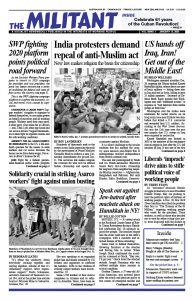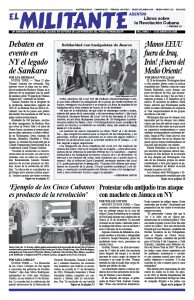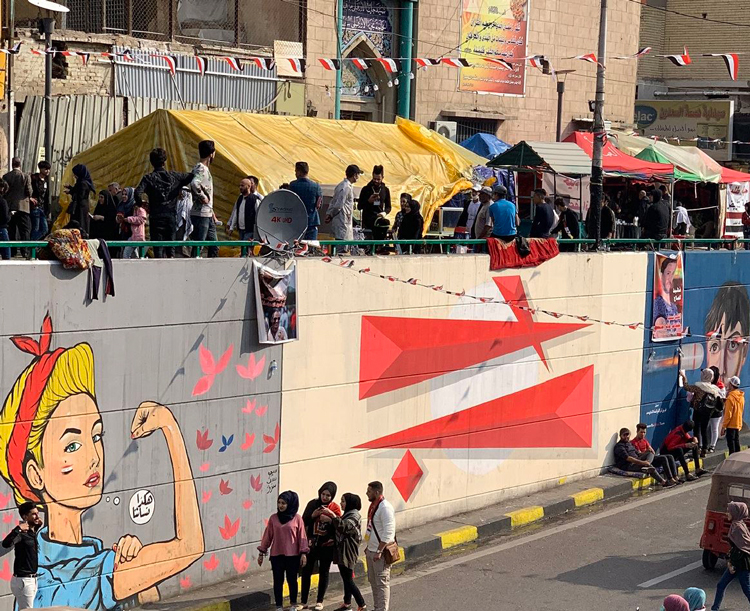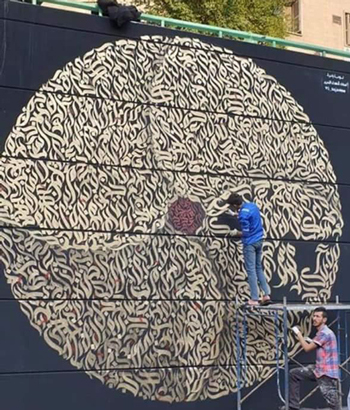“Revolutions are the festivals of the oppressed and exploited,” V.I. Lenin, the Bolshevik leader of the victorious 1917 socialist revolution in Russia, noted. The flowering of art and literature, emblematic of the newly found sense of freedom that accompanies truly popular struggles, is being demonstrated in Tahrir (Liberation) Square in the heart of Baghdad during more than three months of anti-government demonstrations there.
A multitude of murals depicting protesters’ aspirations, as well as government attempts to repress them, adorn the walls of “the tunnel,” a roadway in the square. One beautiful design, inset, by Sajad Mustafa, an artist from Basra, has the name of everyone martyred.
“The main message of the drawings in Tahrir Square tunnel is to make those drawings as the symbol of the protests in Iraq,” Mustafa told the Kurdish news agency Rudaw.
Other murals depict the role of women in the movement, above.
Behind the ongoing protests is the lack of jobs and electricity, water and other government services for working people and youth in one of the most oil-rich countries in the world — as well as hatred for the intervention in the country’s affairs by both Tehran and Washington.
The corruption and nepotism that marks capitalism in Iraq has also fueled the protests.
A massive gathering was held in the square Dec. 10 with people coming from all the southern provinces. Those from Basra’s poorest slums mixed with students from Baghdad’s top universities.
In early December, demonstrators in Tahrir Square were targeted by regime forces and Tehran-backed paramilitary thugs with over a dozen wounded in stabbing incidents and gunfire that killed at least 14.
In response, some young people organized checkpoints to try to prevent would-be attackers with arms from entering the area. Others formed units with protective gear to neutralize tear gas attacks. Some set up field clinics. They’re intermixed with bookstalls, theater groups and, of course, the murals.
“First, end all Iranian and American influence in Iraq,” Mustafa, a 19-year-old protester injured recently, told Rudaw. “Then removal of all the current political parties, change of the constitution, and dissolving of the parliament.”



